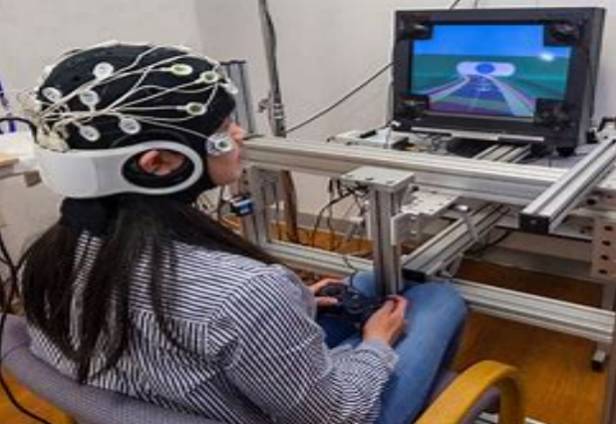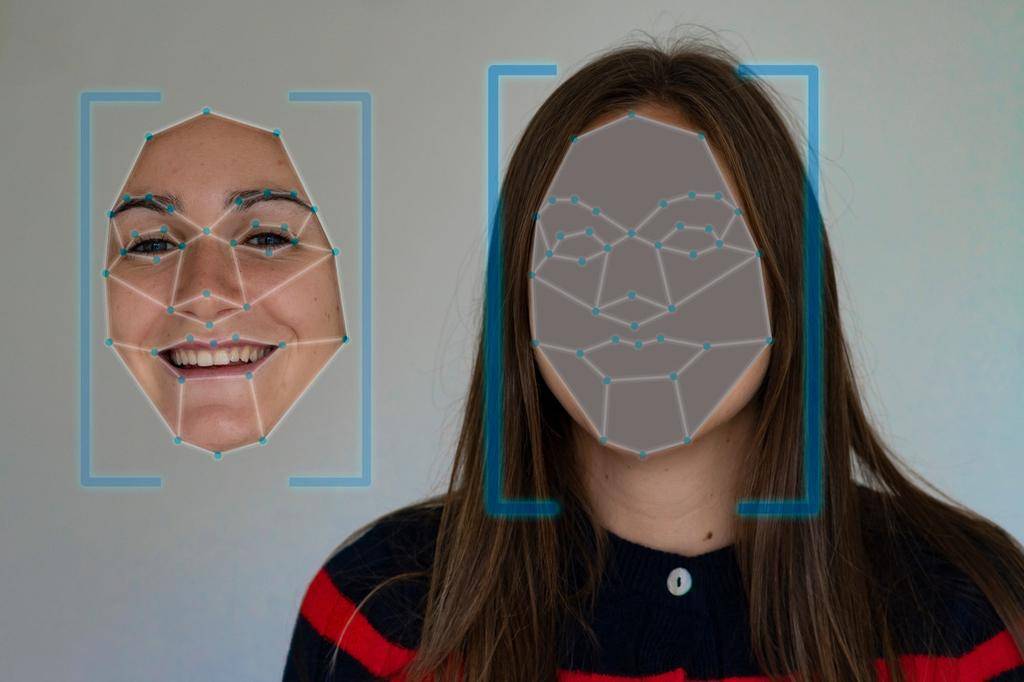Medical Microrobots: The "Mini Task Force" Inside the Body
If your body were a city, each organ would be a distinct neighbourhood, and your blood vessels would form its intricate road network. Day in and day out, this “city” operates with bustling efficiency, but problems occasionally arise—“traffic jams” (blood clots), “garbage accumulation” (diseased tissues), or “structural damage” (injured cells). Traditional medical treatments resemble sending in heavy trucks—effective but sometimes overly blunt, causing unintended harm. Enter the micro-robotic “mini task force”.
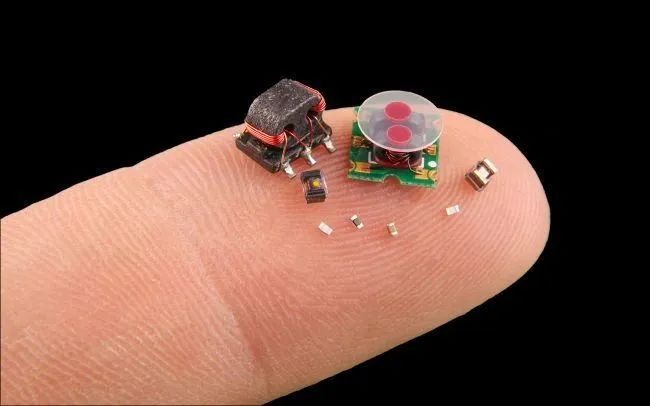
Don’t be fooled by their size, though—when it comes to doing their job, they’re nothing short of extraordinary. Like highly skilled agents on a mission, they can swim through blood vessels, navigate organs, and even slip inside individual cells to carry out precise “rescue” operations.
Take blood clots, for instance—essentially the body’s version of a traffic jam. Traditional treatments act like tow trucks, often with limited efficiency. Microrobots, however, are akin to small drones; they fly directly to the blockage site and meticulously break down the clot, offering both speed and precision. In cardiovascular surgeries, they can even act as “navigators”, delivering medications directly to the affected areas to maximise therapeutic effects.
Cancer treatment is another battlefield. Cancer cells behave like unruly “vandals”, aggressively taking over territory. Traditional chemotherapy delivers a broad-spectrum attack, akin to spraying chemicals indiscriminately with a sprinkler truck, affecting healthy cells as well. Microrobots, on the other hand, are like smart couriers that deliver “specialised weapons” directly to the cancer cells’ stronghold, ensuring precise attacks without wasting a single dose.
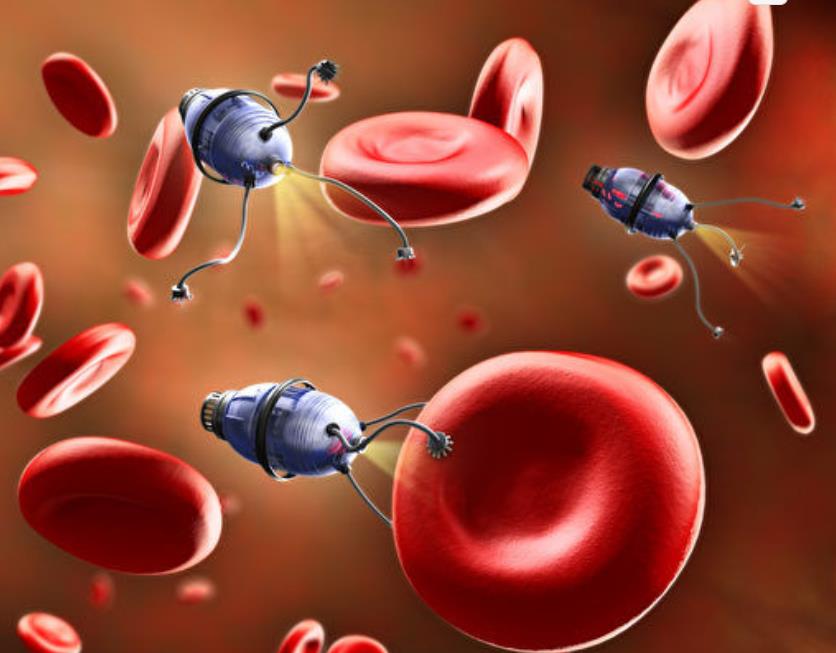
Some microrobots also double as “repair workers”. For example, in the case of stomach ulcers, these tiny agents can carry “repair materials” to the site, acting like miniature brushes that apply a protective coating to the damaged tissue, speeding up the healing process. Some can even “transform” into dissolvable materials, breaking down entirely after completing their mission—a shining example of eco-friendly innovation.
What’s even more remarkable is that these robots can report back in real time. Equipped with micro-cameras and sensors, some microrobots can capture high-definition “interior views” and transmit data back to doctors, much like a live broadcast.
However, these microrobots face their fair share of challenges. For instance, navigating through turbulent blood flow is akin to a tiny fish swimming upstream, making precise navigation a technical hurdle. Additionally, they require highly efficient power systems and intelligent programming—not only to “move fast” but also to “follow orders”. Behind these advancements lie countless hours of dedicated research by scientists.
The future applications of microrobots are undoubtedly exciting. Someday, every individual might have their own “personal task force” inside their body, ready to tackle emergencies or perform regular health checks—a bit like having a built-in smart health manager. However, widespread adoption of this technology is still some distance away, with challenges like production costs, long-term safety, and large-scale testing needing to be addressed.
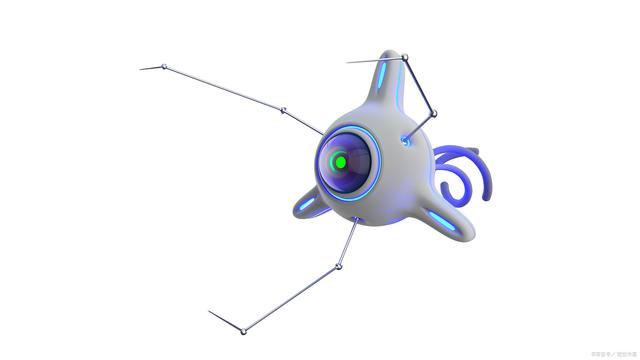
In short, microrobots are driving a quiet revolution in the medical field with their “tiny powers”. They may not make grand, heroic gestures, but they are subtly transforming how humanity fights diseases. This silent revolution in health and life is unfolding through these “mini agents”. Who knows? One day, during a hospital check-up, the doctor might smile and say, “No worries—your little robots have already taken care of it”.
(Writer:Frid)




